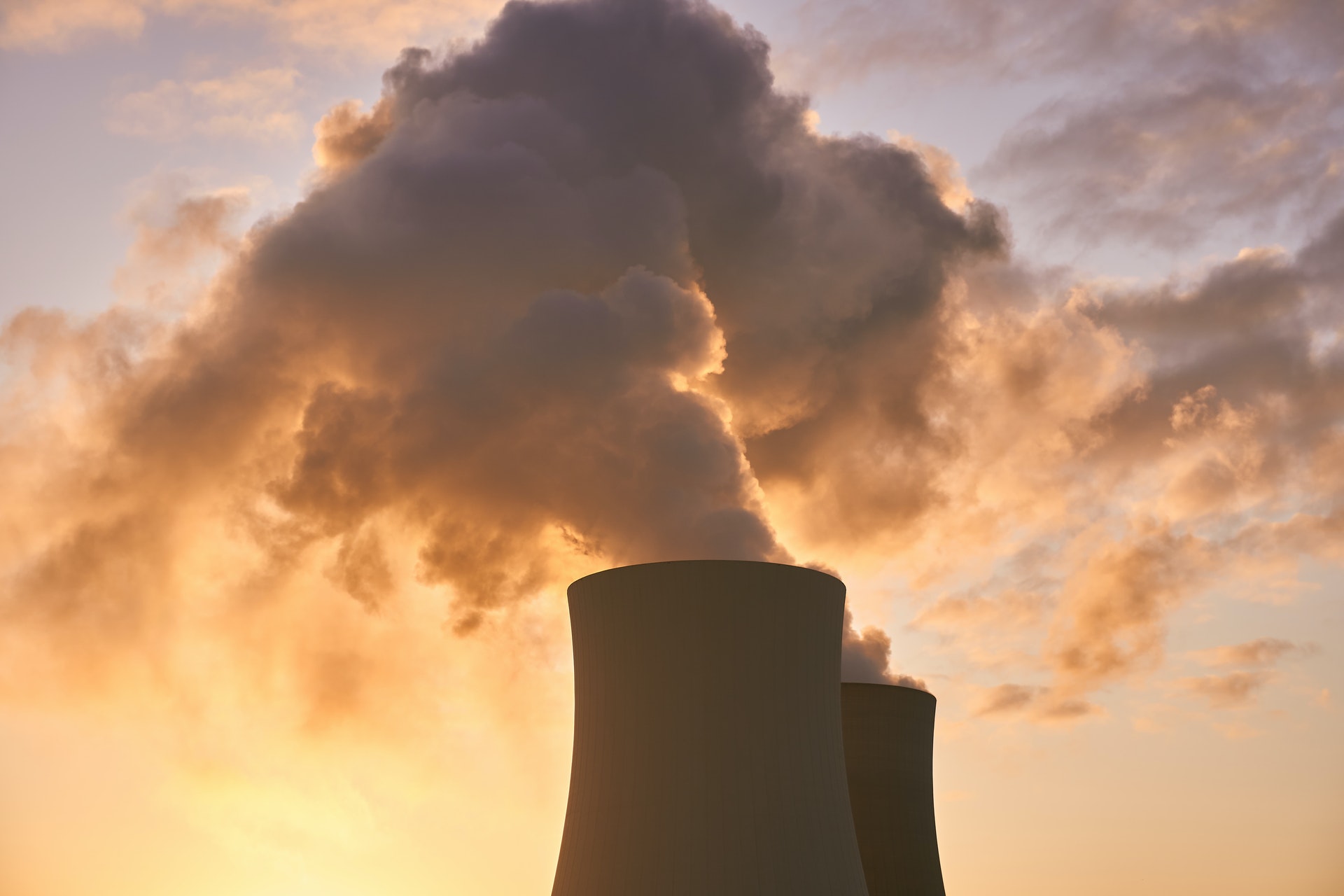
Last year, in June 2022, the U.S. Supreme Court ruled that the Environmental Protection Agency (EPA) could not force carbon dioxide emitters in the power sector to switch to clean energy. Rather, the agency could mandate emissions cuts based on technology that could be deployed “within the fenceline” of the power facilities. Earlier this month, the EPA issued a new rule that would do just that.
New ruling
On May 11, the EPA unveiled a new proposal that would require most coal and natural gas powerplants to cut greenhouse emissions by 90% between 2035 and 2040 or else shut down. Rather than mandating emissions reductions by “generation shifting” – i.e., shutting down and building renewables – the new rules are mandating use of technology that companies can deploy on the grounds of the facilities themselves. EPA considered a range of onsite technologies that fossil fuel power plants can use to reduce emissions including:
- Carbon capture and sequestration (CCS)
- Low-GHG hydrogen co-firing
- Natural gas co-firing
The EPA estimates that through 2042, the new standards will avoid up to 617 million tonnes of CO2 emissions and deliver up to $85 billion in net climate and health benefits.
Challenges ahead
Last year’s Supreme Court ruling is viewed by some as somewhat of a legal backing for the EPA’s new proposed regulation as it focuses on what power plants can do “within the fenceline”. If onsite technologies are too expensive, then power plant operators have the option to shut down and switch to renewable energy. Nevertheless, litigation is likely as seems to be the case with all new regulatory proposals over the past two decade.
Additionally, there are several other challenges. Firs, the proposal relies on CCS, a technology that is advancing rapidly but still needs further development. Second, much infrastructure needs to be put in place, including transportation and disposition sites that can take years to develop. Very few states can currently permit Class VI wells needed for CO2 sequestration, so most sites must go through the EPA for permitting, a process that has historically taken two years and may likely take longer without permitting reform. Even so, the proposed rule’s timeline offers more than a decade to build and establish the necessary infrastructure.
Window of opportunity
As with any emerging regulation, the challenges also present opportunities for innovation. In the case of this proposal, there are significant opportunities for the CCS, hydrogen, and turbine industries.
In the case of CCS, there are currently only five active sites in the U.S. – one in Illinois and four in North Dakota – although there is a backlog of nearly 90 additional permits pending EPA review. This regulation creates the opportunity for more potential sites to be co-located with power plants as well as for pipeline infrastructure to transport CO2 to other sequestration sites. There is very little CO2 pipeline infrastructure in the U.S. with notable additions in progress in the U.S. including the Navigator CO2’s Heartland Greenway pipeline (connecting ethanol and fertilizer plants in South Dakota, Nebraska, Minnesota, Iowa, and Illinois to sequestration sites in Illinois) and Summit Carbon Solutions’ Midwest Carbon Express (Connecting ethanol plants in Iowa, Nebraska, South Dakota, Minnesota, and North Dakota to sequestration sites in North Dakota). Additional pipeline infrastructure, however, will be necessary to enable broader reach. Also, advances in point-source CO2 capture will likely accelerate to lower the costs of CO2 capture for power plants, given the regulatory pressure.
In the case of hydrogen, this regulation brings opportunity in terms of both supply and demand, transportation infrastructure, and hydrogen gas turbine manufacturing. ADI has discussed much on the growing outlook for hydrogen and hydrogen infrastructure. Hydrogen turbine technology also continues to advance. In fact, next year, Germany will be home to a power plant running on 100% green hydrogen using Kawasaki Heavy Industries (KHI) latest hydrogen turbine technology. Additionally, companies like KHI and Mitsubishi are developing technology for hydrogen co-firing. It is estimated that switching from natural gas to a 30% hydrogen mix, by volume, can reduce carbon emissions by 10%. JERA, a leading Japanese electric utility, is developing a plant using this technology at an LNG power plant in Japan that is expected to be operational in 2025. While expensive and not widely applied today, pilots such as these will drive down the cost of adopting these technologies in complying with this or similar regulations.
Summary
The EPA’s proposed regulation on power plant emissions may present significant challenges to fossil fuel-based power plants while also accelerating emerging hydrogen and CCS technologies, which have already been emboldened by incentives in the Inflation Reduction Act. Adapting to this legislation will include a mix of onsite and offsite carbon sequestration, hydrogen switching, as well as facility retirements.
ADI Analytics can help navigate these challenging issues via research and consulting to develop informed strategies to ensure sustainable and viable operations. Reach out to us to learn more.
– Dustin Stolz



















